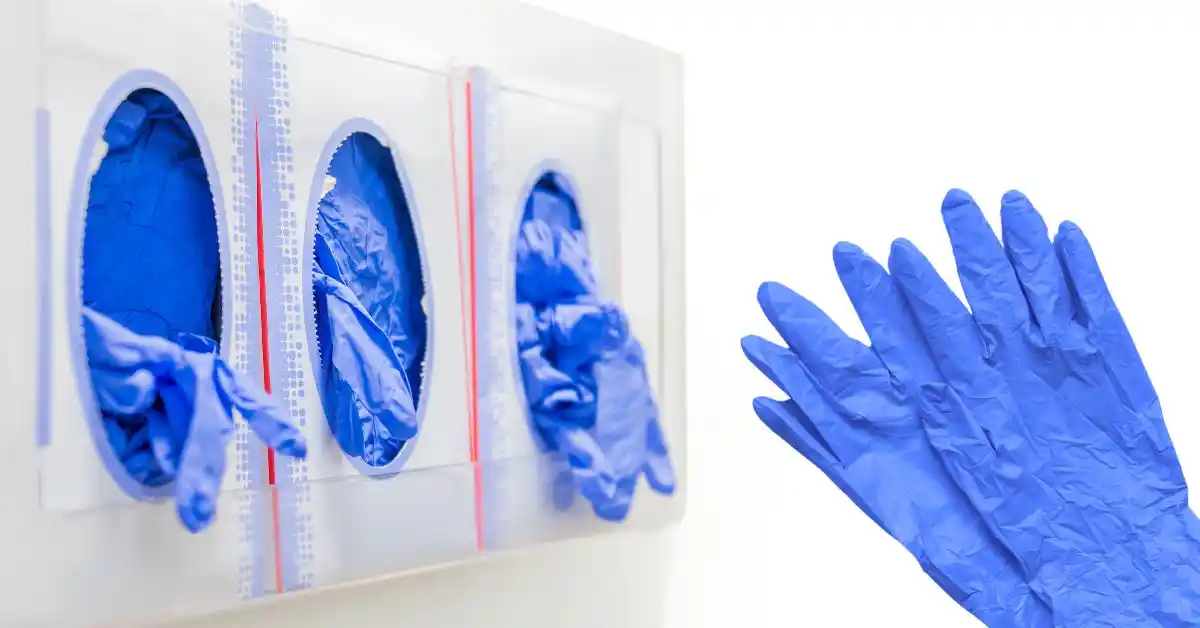
Do Medical Gloves Expire? Understanding Shelf Life and Safety
The Importance of Knowing Expiration Dates for Medical Gloves Understanding the expiration dates of medical gloves is crucial for ensuring safety and efficacy in healthcare
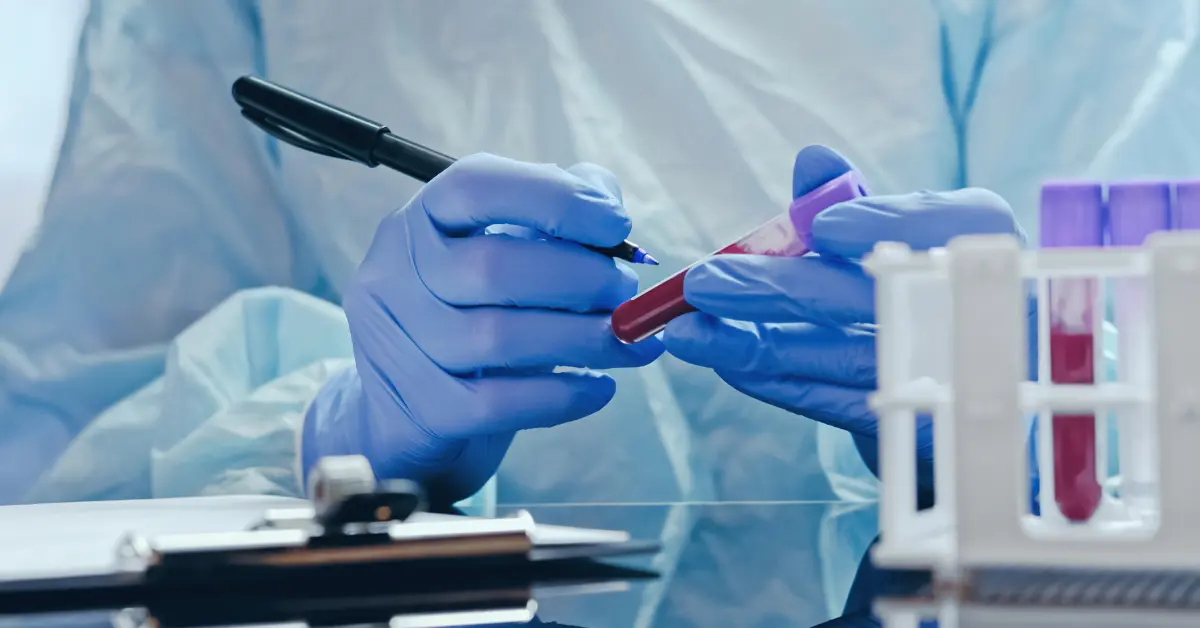
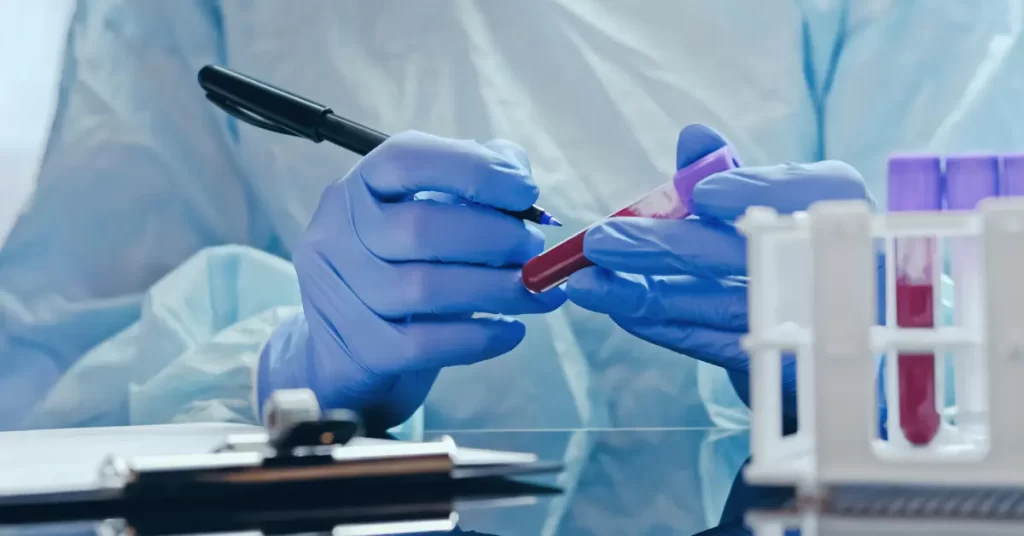
In a laboratory setting, safety and precaution are of utmost importance. From handling hazardous materials to conducting experiments, every step must be taken with caution to ensure the well-being of not only the laboratory personnel but also the integrity of the results. One crucial aspect of lab safety is the use of gloves. But why are gloves important in a lab? Let’s delve into the numerous reasons and benefits that make gloves an essential part of any laboratory.
One of the primary reasons for wearing gloves in a lab is to protect against chemical exposure. Laboratories deal with a wide range of hazardous chemicals that can cause harm to the skin upon direct contact. These chemicals can be corrosive, irritant, or even toxic. By wearing gloves, lab personnel can prevent any direct contact with these substances, thereby reducing the risk of chemical burns or absorption into the skin.
Laboratory gloves also play a critical role in preventing contamination. In any scientific research or experiment, the utmost priority is to maintain a controlled and sterile environment to obtain accurate results. By wearing gloves, lab personnel ensure that their hands do not transfer any unwanted substances, such as bacteria or oils, onto the samples or equipment. This helps to maintain the integrity of the samples and eliminates any chances of false results due to contamination.
Gloves designed for laboratory use come in a variety of materials, making them suitable for various tasks. For instance, nitrile gloves are ideal for working with chemicals, while latex gloves are more resistant to punctures and tears, making them suitable for handling sharp equipment. This versatility allows lab personnel to choose the right type of gloves based on the specific task, ensuring maximum protection and safety.
Laboratory gloves are not just optional accessories; they are mandatory safety equipment in most labs. Government agencies, like the Occupational Safety and Health Administration (OSHA), enforce strict guidelines on the use of personal protective equipment (PPE), including gloves, in the workplace. Non-compliance with these regulations can lead to substantial fines and penalties. Therefore, wearing gloves not only protects individuals but also ensures that the lab is meeting safety standards and regulations.
In conclusion, gloves are a vital component of lab safety, and their use should not be taken lightly. From protecting against chemical exposure and contamination to ensuring compliance with safety regulations, gloves play a significant role in keeping laboratory personnel safe. Whether it’s handling hazardous materials or conducting delicate experiments, gloves for laboratory use are a must-have for any lab setting. So, the next time you step into a lab, remember to put on your gloves for the safety and well-being of yourself and those around you.

The Importance of Knowing Expiration Dates for Medical Gloves Understanding the expiration dates of medical gloves is crucial for ensuring safety and efficacy in healthcare
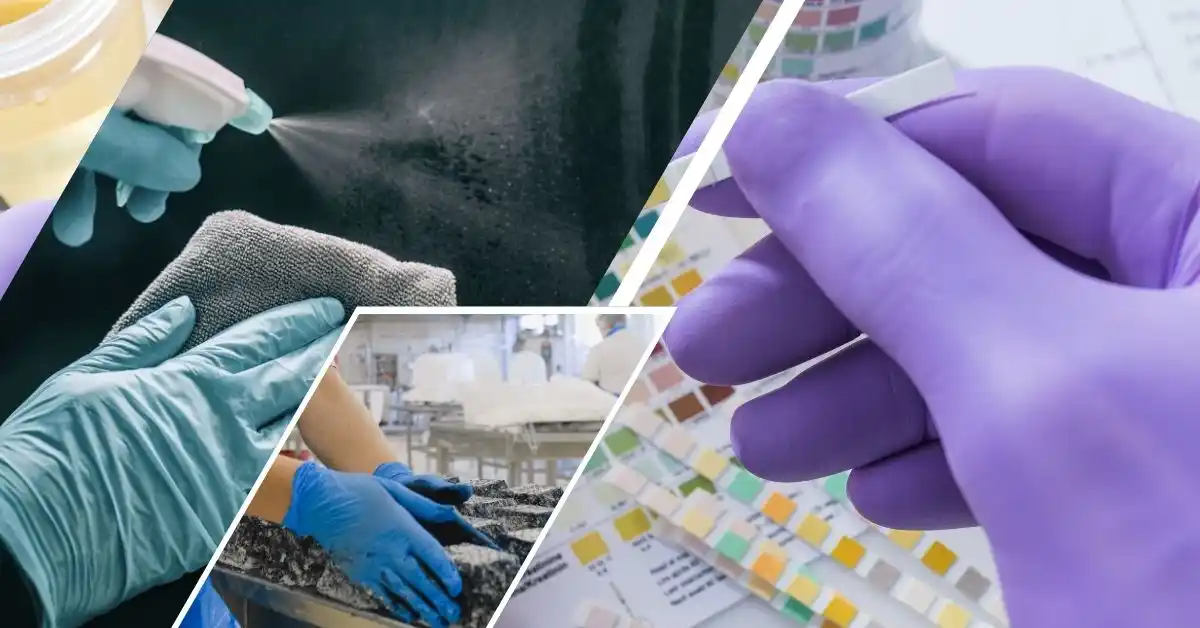
Healthcare Professionals: The Primary Users of Nitrile Gloves In the realm of personal protective equipment (PPE), nitrile gloves stand out as a crucial component, particularly
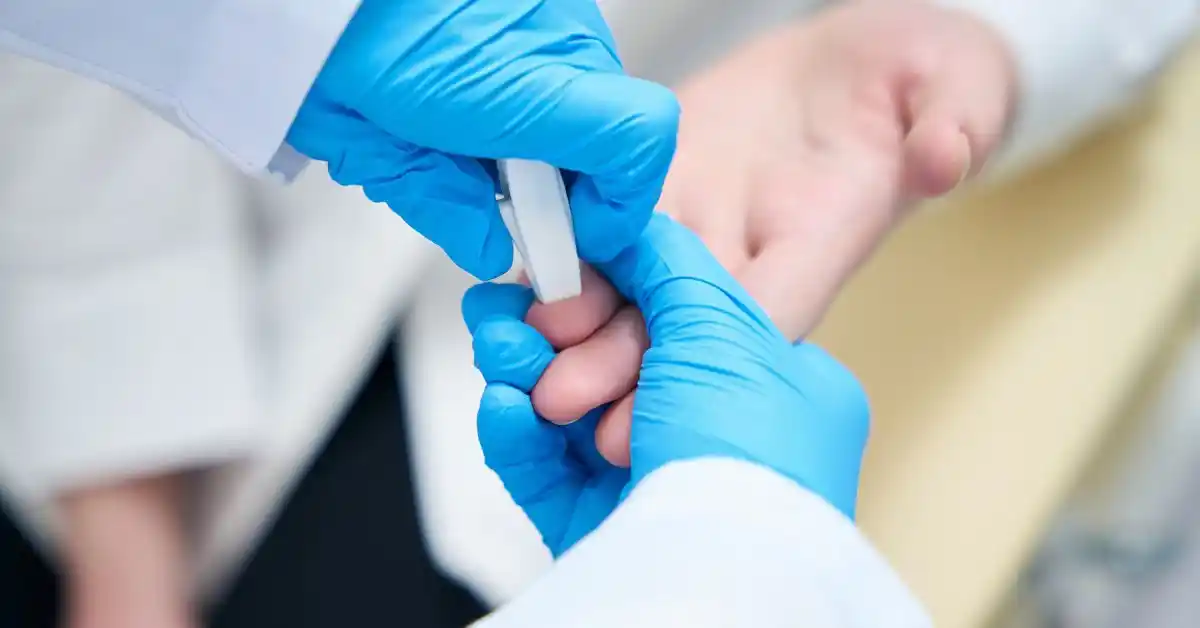
Understanding Puncture Resistance: What It Is and Why You Need It Understanding puncture resistance is crucial for anyone who prioritizes safety in their work environment.
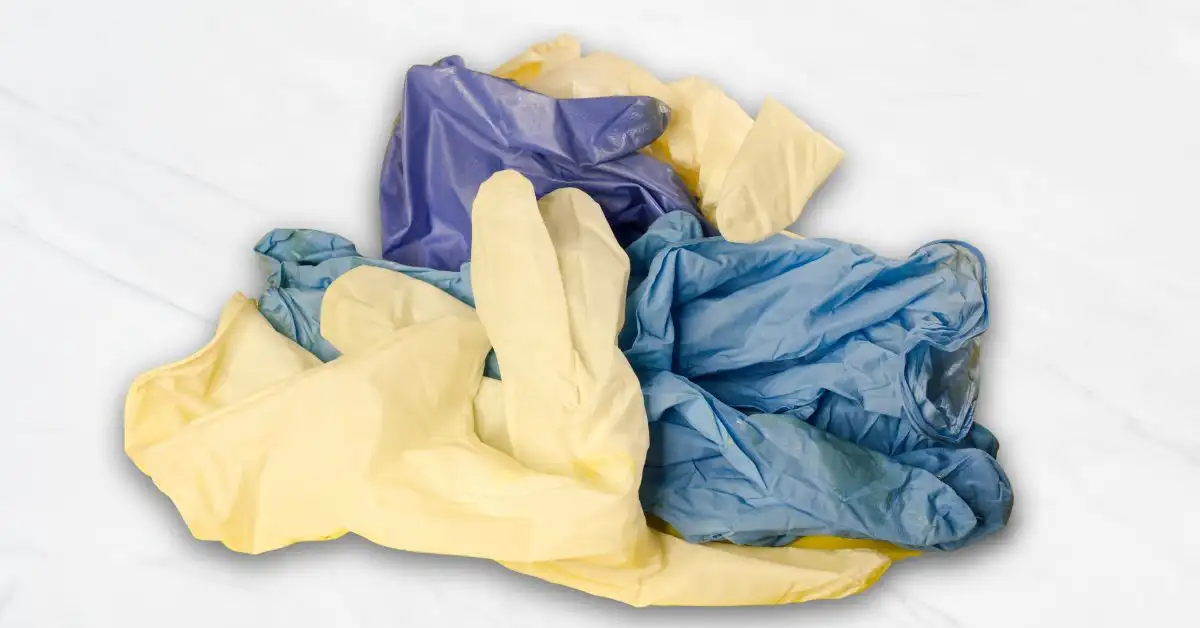
The Origins of Surgical Gloves: A Historical Overview The origins of surgical gloves can be traced back to a pivotal moment in medical history that

Why You Should Care About Hands Breaking Out from Gloves When it comes to personal protective equipment, gloves are often taken for granted. However, the
Driven by a passion for excellence, our mission is to consistently deliver the highest quality products at the most affordable prices. We aim to exceed customer expectations, creating value and trust.
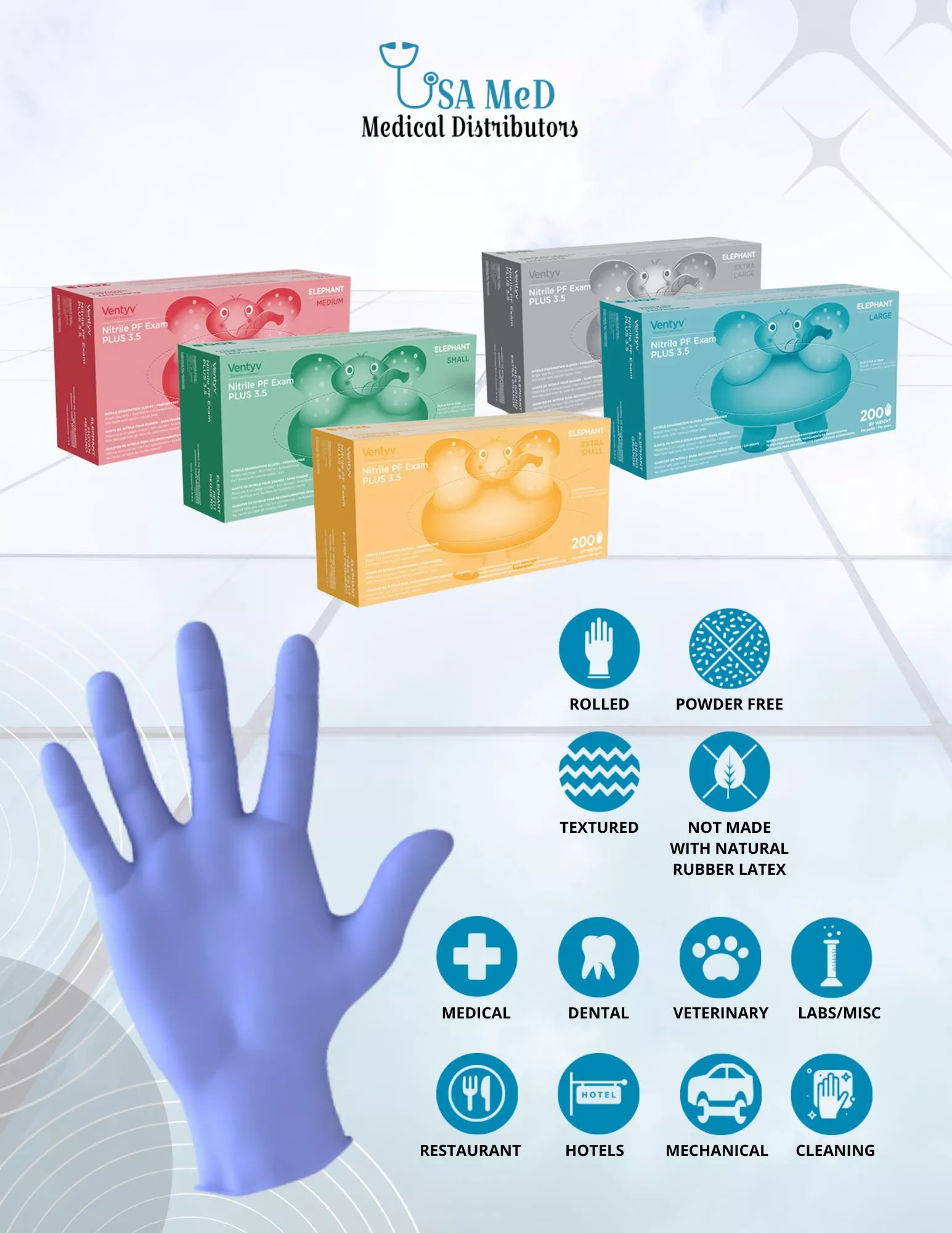
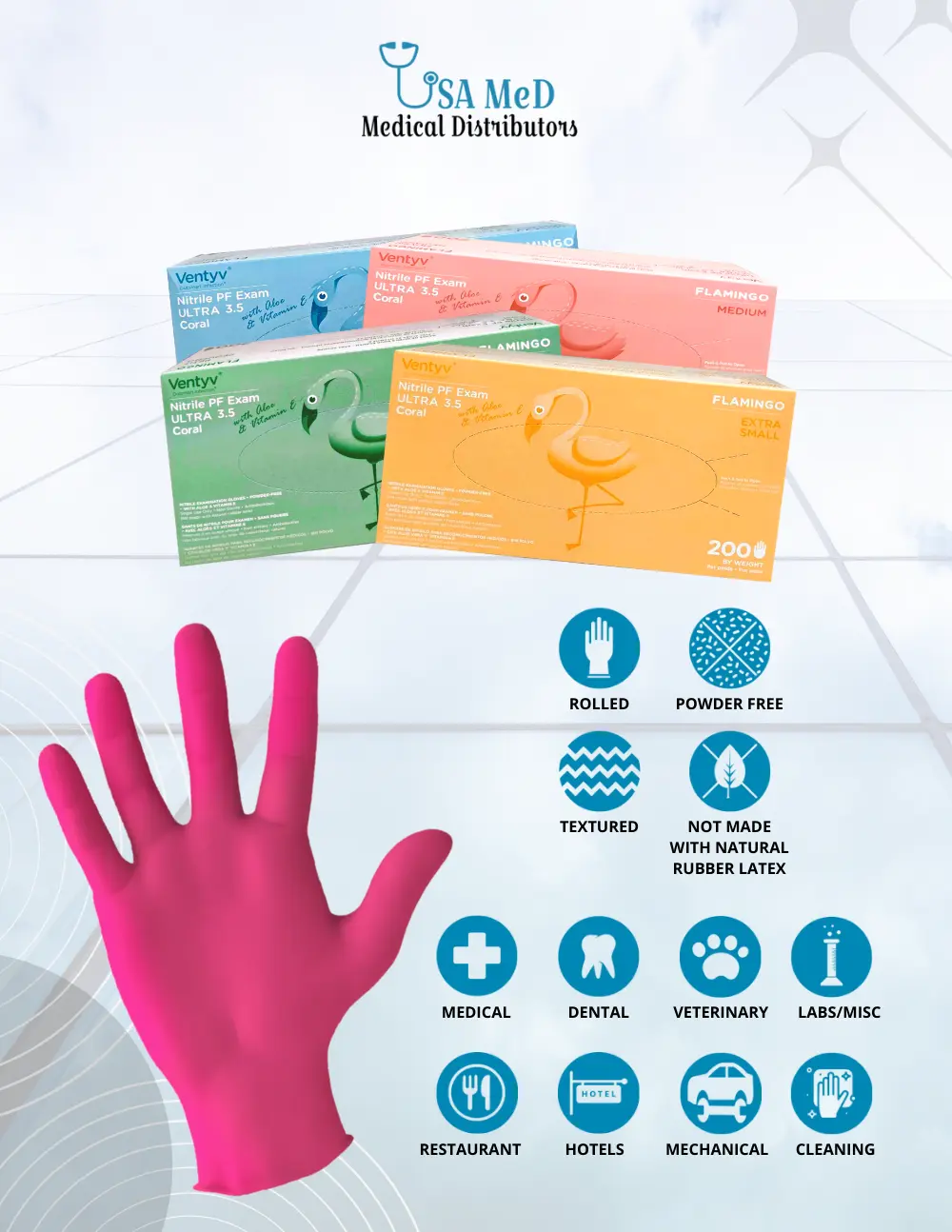
Phone Number: (239) 266 -1290
Email Addresses:
sales@usamedicaldistributors.com
customercare@usamedicaldistributors.com
Mailing Address :
501 Goodlette, Frank Rd N A105, Naples, FL 34102
Copyright 2022 – 2024. USAMED Medical Distributors. All rights reserved.
Privacy Policy | Return and Refund Policy
| Website by M. Escober